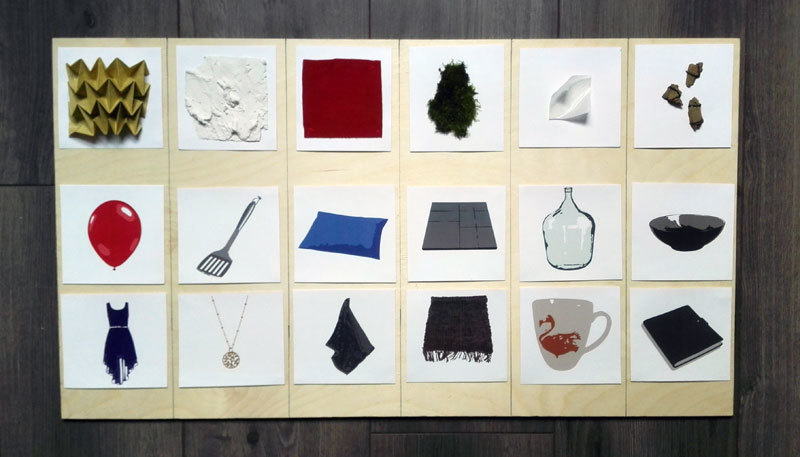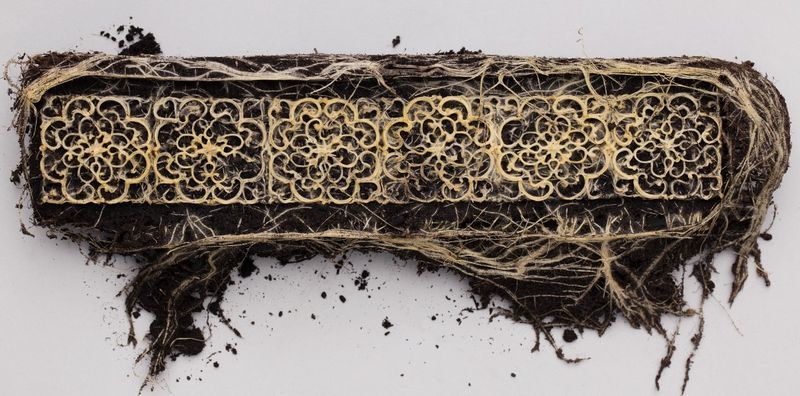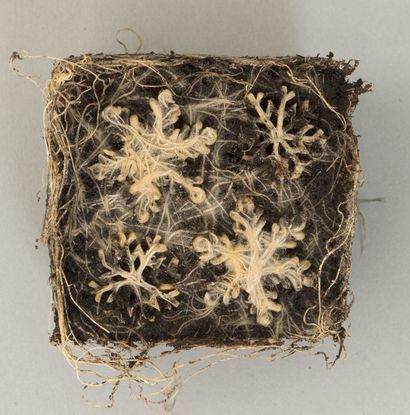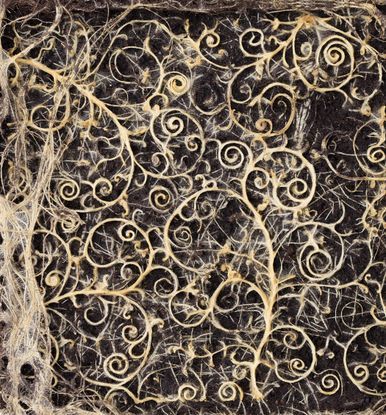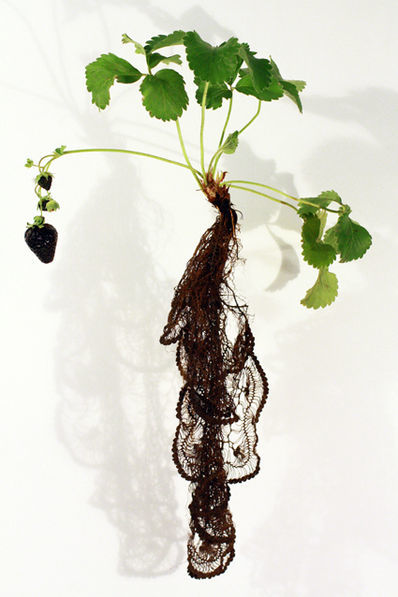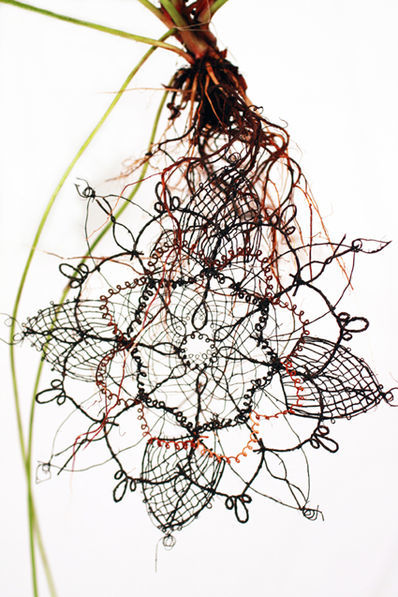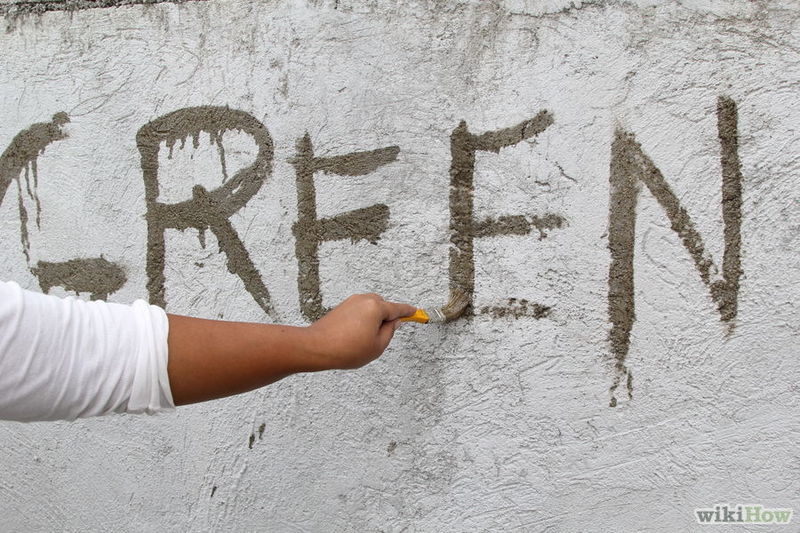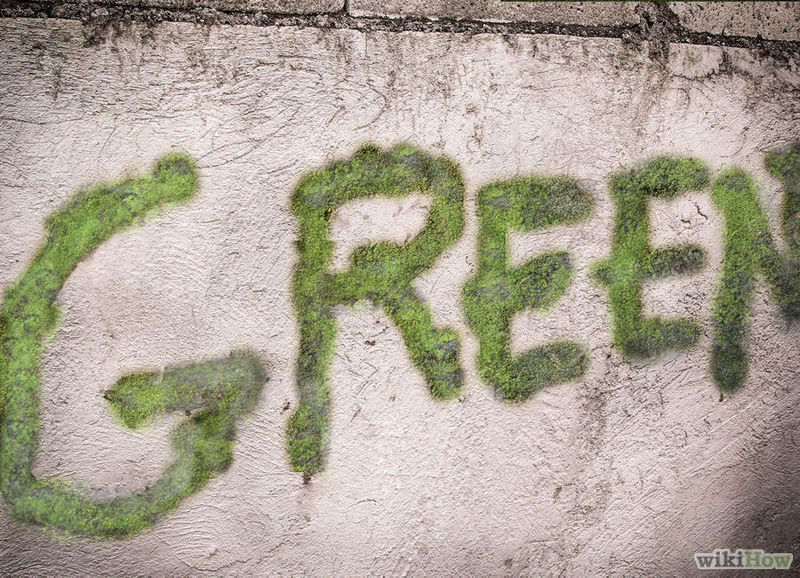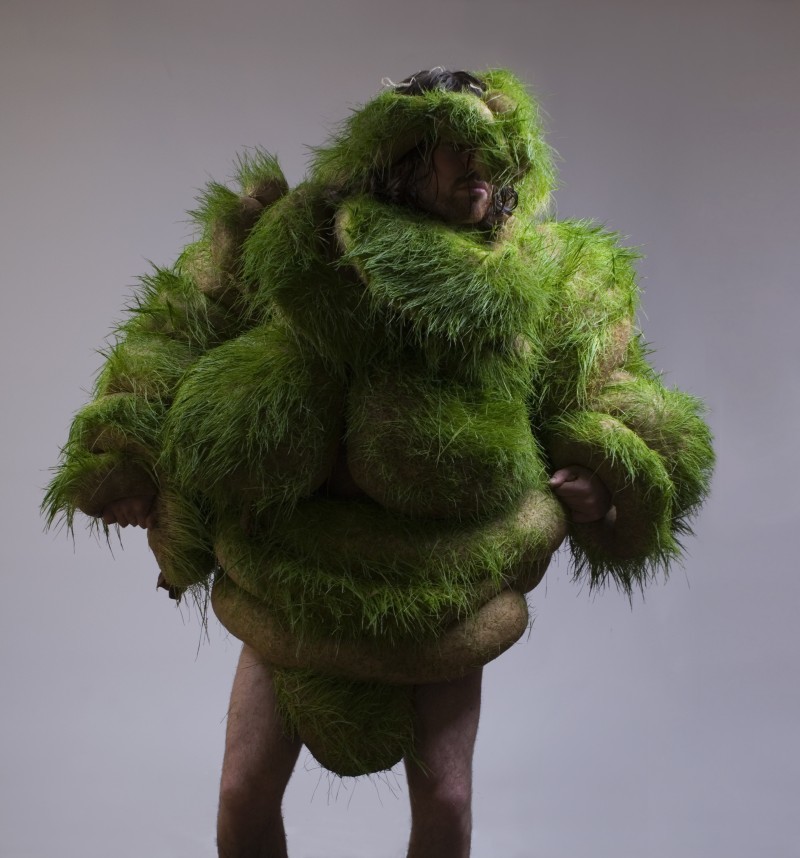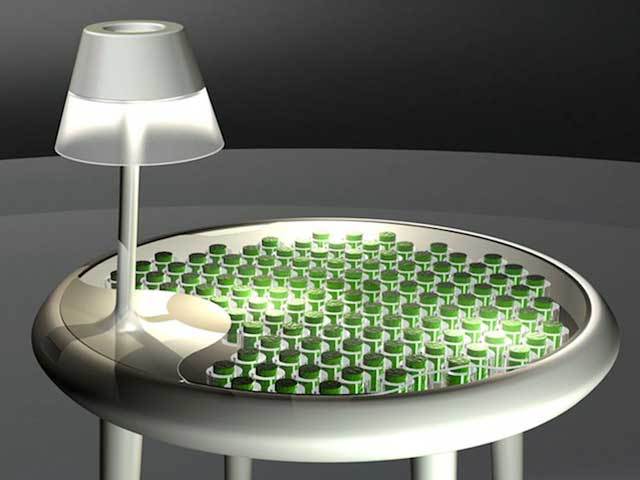Difference between revisions of "User:0862093/Joeke Tools Trade 15 16"
(→GAME) |
|||
| Line 20: | Line 20: | ||
In the end using the most surprising outcomes for the project Tools of the Trade. | In the end using the most surprising outcomes for the project Tools of the Trade. | ||
<br><br> | <br><br> | ||
| − | Most interesting results collected from different people: | + | Most interesting results collected from different people:<br> |
| + | The paper balloon, rugs and tiles from moss and the tea cup from shrinkable plastic. | ||
| − | [[File:Result materialgame.jpg|800px]] | + | [[File:Result materialgame.jpg|800px]] |
== MY TOOL OF THE TRADE== | == MY TOOL OF THE TRADE== | ||
Revision as of 08:36, 11 November 2015
Develop a personal tool that transforms your craft in a meaningful way. This tool needs to be relevant to your personal practice and the bigger context of your craft.
MY CRAFT
The essence of my craft is to investigate the characteristics of materials and to make use of transforming, moving characteristics of a material.
I'm moved and astonished by materials that can't be controlled, that live their own live.
Examples of experiments with moving and natural materials.
Problems of my craft:
Get stuck in the experimental phase and the characteristics, traditions, visual and tactile aspects and history of a material,
without focusing on the end product, on how the material can be applied.
GAME
A game to make use of the 'problem' of my craft: finding a way to apply the material.
Involving users by playing a game with them that will encourage them to find a way to apply unusual materials.
First let the users combine the products with the materials, then discussing the results and tell them more about the characteristics of the materials.
In the end using the most surprising outcomes for the project Tools of the Trade.
Most interesting results collected from different people:
The paper balloon, rugs and tiles from moss and the tea cup from shrinkable plastic.
MY TOOL OF THE TRADE
My end goal is developing a tool to process an unusual material in a unique way.
Involving biohacking and DIY bio in my process, as well as participatory design (this topic I researched last quarter).
A tool that enables almost everyone to hack bio, to go to their gardens, collect natural materials and make for example textile from it.
Examples of tools developed to process bio materials for an unusual and unique purpose:
‘In my photographic work I explore the relationship man has with his natural environment and his desire to control nature.'
- Diana Scherer
'Synthetic biology and textile design provides new products and production methods for food and textiles.
Collets 'biofacture', in which the products are made - in fact grow - in biological processes , stretches the definition of 'textile'.
The designer becomes an alchemist.
RESEARCH MOSS
By Lucy McRae and Bart Hess:
Moss Table by University of Bath and University of Cambridge
Symbiotic bacteria feeding on organic compounds of moss and releasing electronics to power small devices:
